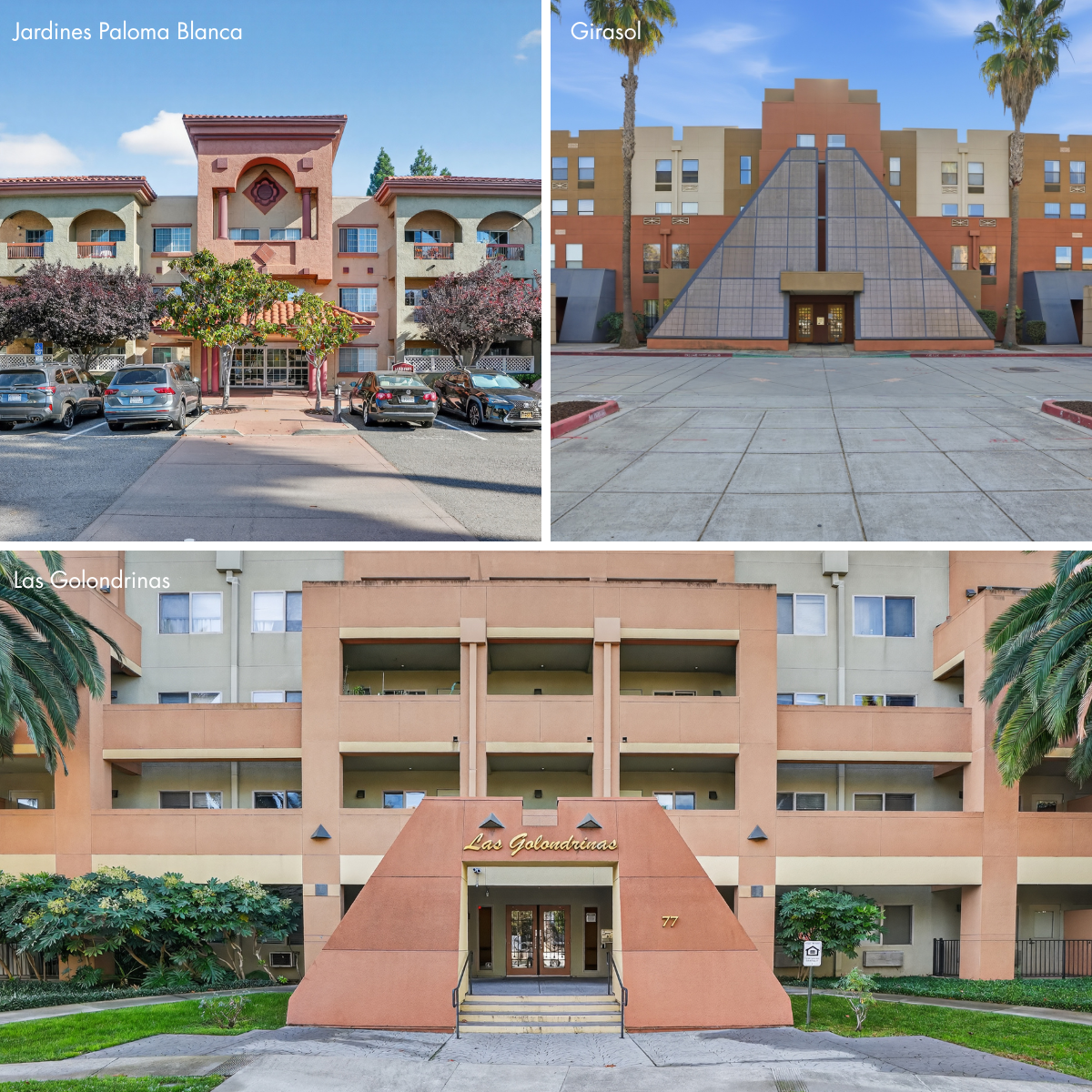
Sharing our story in a new way: HumanGood debuts redesigned websites
December 16, 2025 - HumanGood is proud to launch two all-new digital experiences: our redesigned website and a completely reimagined careers site....
Read More
Healthspan: The significance of social connection
December 9, 2025 - The World Health Organization (WHO) now recognizes social connection as a global public health priority. Social connectedness is a...
Read More
HumanGood closes on Hope Heights
November 25, 2025 - HumanGood, in partnership with Greater Christ Temple Church, is excited to announce the closing on Hope Heights, a new affordable...
Read More
HumanGood announces new management of affordable housing communities
November 21, 2025 - HumanGood is excited to announce the new management of three affordable housing communities in San Jose.
Read More
Newsweek/Statista’s 2026 America’s Best CCRC list
November 19, 2025 – We are proud to announce that nine HumanGood communities have been recognized by Newsweek and Statista in their 2026 America’s...
Read More
Russ Mast joins EverTrue
November 17, 2025 – After more than 10 years of service to our mission, residents and team members, Russ Mast, vice president, operations, has...
Read More
